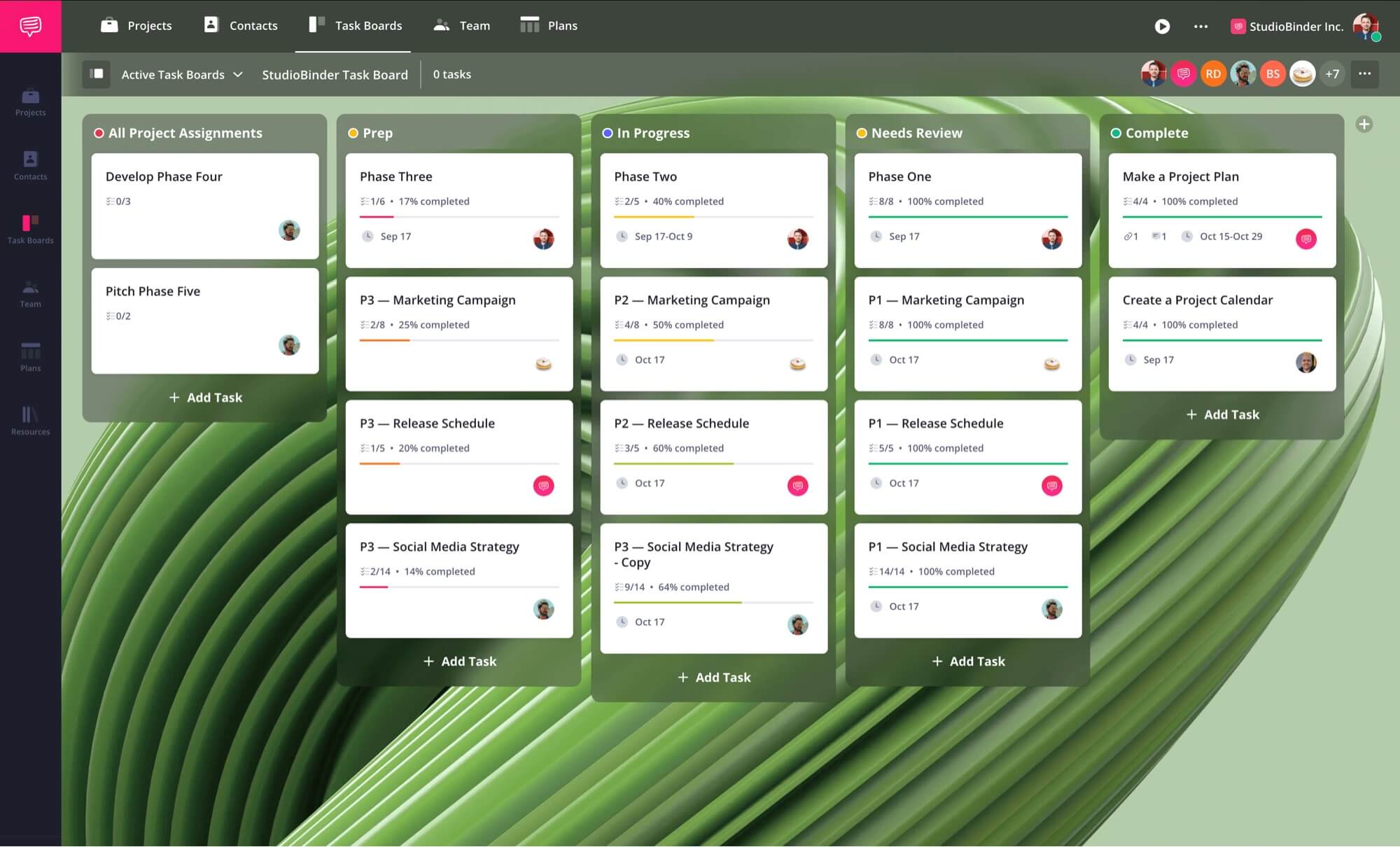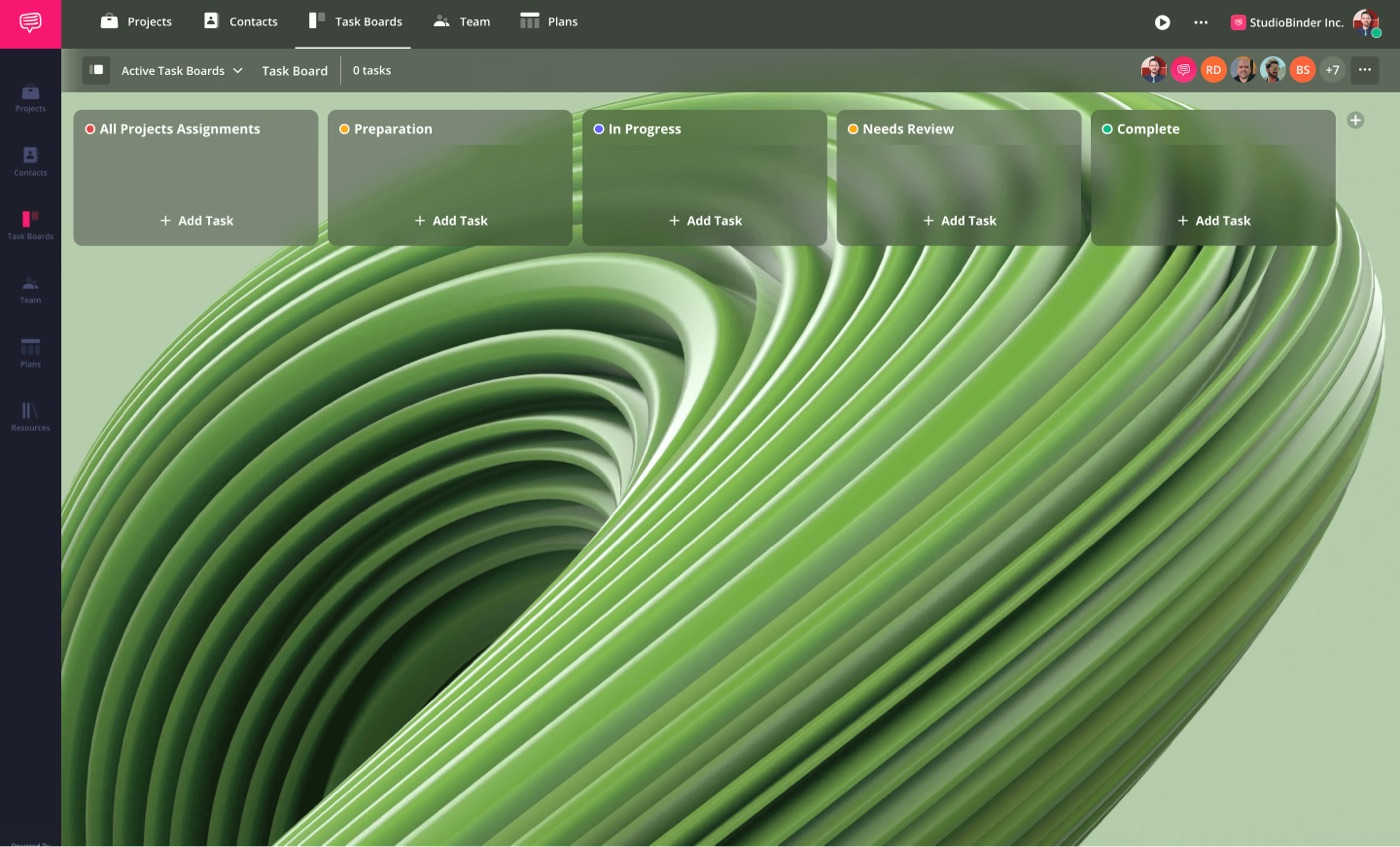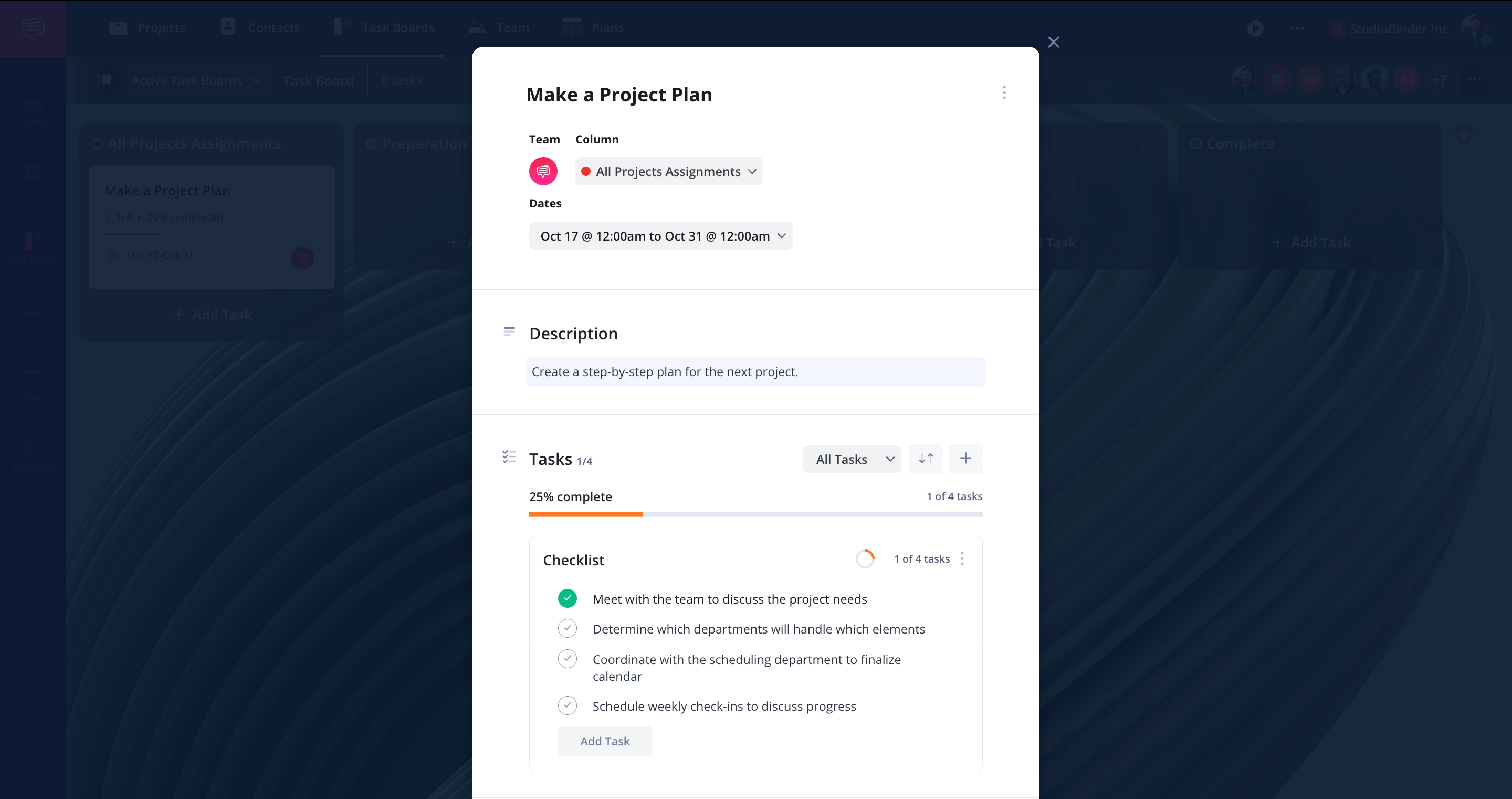Tasks are the building blocks of larger accomplishments. In business, art, and personal life, completing tasks leads to completing goals. Therefore, the name of the game is task management and optimizing the workflow in which tasks are executed. Few methods have been as effectively embraced for this purpose as the Kanban method.
What is Kanban Methodology Used For?
First, let’s define the Kanban method
“Kanban" is derived from two Japanese words: “Kan” (看), meaning sign, and “Ban” (板), meaning board. While its origins are in Japan, the Kanban method has since been widely used around the world.
KANBAN METHODOLOGY DEFINITION
What is the Kanban method?
Kanban is a visual system for managing work processes, requiring real-time communication of capacity and full transparency of work. Work items are represented visually on a Kanban board, allowing team members to see the state of every piece of work at any time.
What is Kanban Methodology Used For?
- Enhanced visibility
- Improved collaboration
- Increased efficiency
- Reduced work-in-progress
Kanban Development Methodology and Origin
History of Kanban
Developed by Taiichi Ohno, an industrial engineer at Toyota in the 1940s, Kanban was designed to improve the Toyota just-in-time (JIT) production system efficiency by limiting supplies and resources to what was needed for the immediate work items.
Workers would pass a "kanban" card to communicate capacity levels in real-time. Initially rooted in manufacturing, Kanban has evolved into modern software development and other knowledge work settings, ensuring that the amount of required work matches the team's capabilities.
Kanban Framework
Kanban Boards and Cards
Kanban methodology utilizes a visual board and cards to represent work items called a Kanban Board. The board and cards are key to the Kanban system, as they provide a real-time visual representation of work progress and capacity. Digitally, there are numerous tools available for creating a kanban board, such as Monday, Asana, Airtable, or StudioBinder's task management feature.
Kanban Boards
Kanban boards, which can be physical or digital, are structured with columns like To Do, In Progress, and Done. They visualize work items and workflow stages, showing where work is committed and delivered. These boards can be customized to fit specific workflow needs.

Kanban Board Example
Kanban Cards
Kanban cards represent work items with essential details such as task description, assignee, and estimated time. These cards facilitate visual tracking and transparency, helping team members stay informed about the progress of each task.
How is Kanban Methodology Used?
Core Principles of Kanban
The benefits of Kanban methodology are rooted in its core principles. These principles are the reason why so many teams and individuals across industries have made the Kanban method a part of their workflow for every project.
Visualizing Work
The use of Kanban boards to visualize tasks and workflow stages is central to the Kanban methodology. Tasks move from the leftmost column (future tasks) to the rightmost column (completed tasks). This ensures transparency and real-time communication among team members.
Limiting Work-in-Progress (WIP)
WIP limits are set to maintain consistent standards and ensure that the team completes current tasks in the prescribed order. This practice helps in maintaining a smooth flow of work and prevents bottlenecks.
Managing Flow
Managing the flow involves ensuring the smooth progress of work items through different stages. By breaking down tasks and visualizing them, teams can identify and resolve bottlenecks, thereby maximizing value delivery and minimizing lead times.
Making Process Policies Explicit
Establishing clear and visible process policies is crucial. These policies should be simple, well-defined, visible, always applied, and readily changeable by the people working on the service. Continuous improvement of these policies based on team feedback is encouraged.
Implementing Feedback Loops
Regular feedback is essential for continuous improvement. Feedback loops can include activities like daily standups and retrospectives focused on improving the Kanban system. Control charts and cumulative flow diagrams can also be used to collect feedback.
Improving Collaboratively
Collaboration and experimentation among team members are key to the Kanban methodology. Encouraging team members to work together and experiment with new approaches leads to better results and continuous improvement.
Kanban Methodology Guide
Step-by-Step Guide for a Kanban Project
Great, you're sold on the Kanban methodology, and you want to implement it into a current or future project. Here's a step-by-step guide on how to get started with a Kanban board.
Setting Up a Kanban Board
Begin by visualizing your team's workflow on a Kanban board. Whether physical or virtual, the board should depict each stage of the process, from task inception to completion. Common stages include "To Do," "In Progress," and "Done," but customize as needed to reflect your unique workflow. Ensure the board acts as the single source of truth for the team's work, promoting full transparency and real-time communication.

Kanban Board Example
Kanban Cards
Represent each task as a Kanban card on the board, containing essential details such as task description, assignee, and estimated time for completion. Kanban cards facilitate visual tracking of task progress and promote transparency within the team.

Kanban Cards Example
Setting WIP Limits
Implement WIP limits for each workflow stage to avoid overburdening and to maintain a steady workflow. WIP limits help optimize resource allocation and reduce multitasking, fostering higher productivity.
Managing Flow
Ensure the smooth progress of work items through different stages by breaking down tasks and visualizing them. Identify and resolve bottlenecks to maximize value delivery and minimize lead times. Regularly review and adjust workflow stages to align with the team's capacity and goals.
Using Metrics
Use control charts and cumulative flow diagrams to measure and optimize cycle time. These tools help identify bottlenecks and ensure continuous improvement. Conduct regular reviews and gather feedback from the team to make small, incremental changes for ongoing optimization.
Up Next
What is a Task Board?
Kanban methodology is only one of many task systems designed around the use of a task board. If you’re not completely sold on Kanban, check out some other types of task boards in our next post.
Up Next: What is a Task Board? →
Project management for video creatives. Tasks, file sharing, calendars and more.
Manage video production timelines, tasks, storyboards, shot lists, breakdowns, call sheets. Made for video creatives, new media and film.
